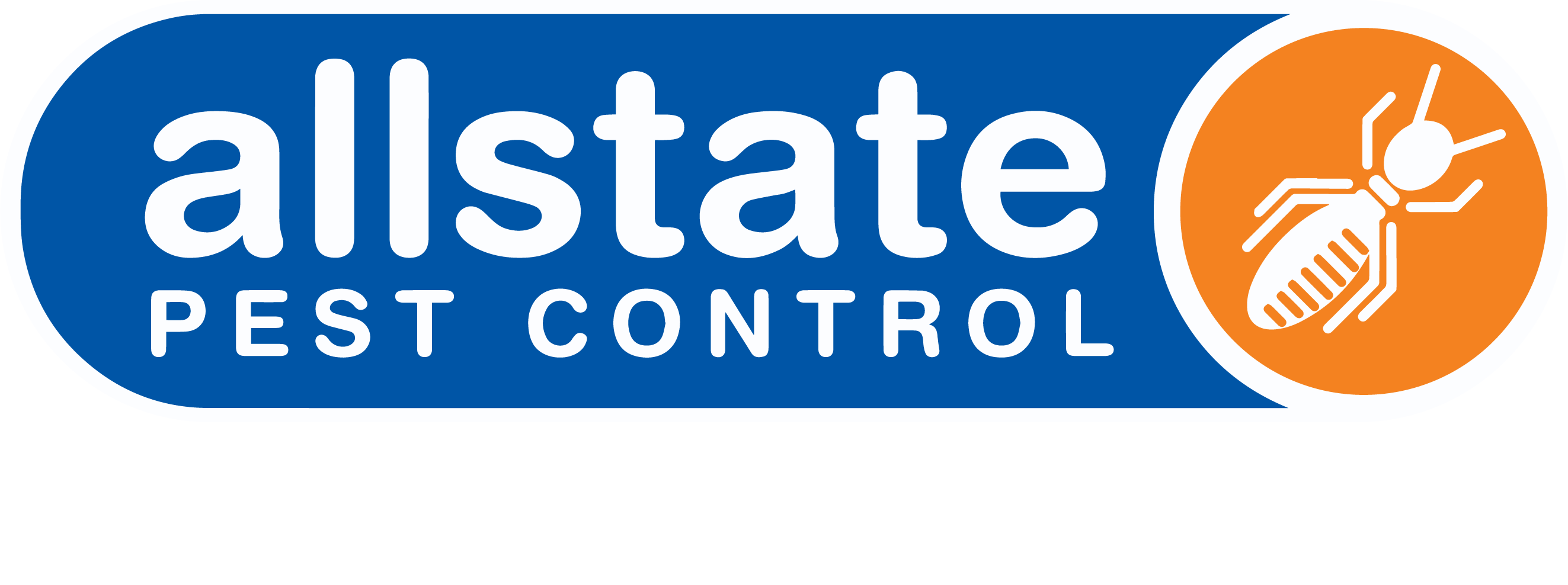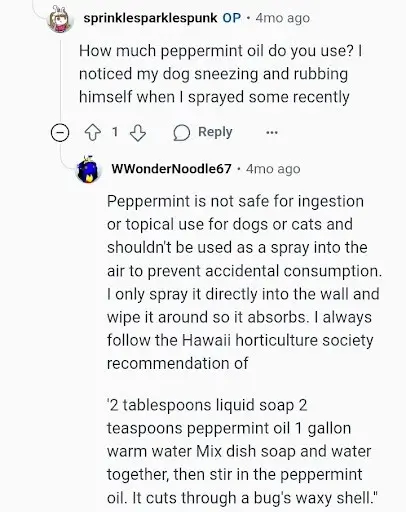If you own a home or manage a business, the thought of termites probably makes your stomach sink. They quietly eat through Australian homes, businesses, and wooden structures, causing billions in estimated damage each year. About 32% of homes in Australia are currently experiencing termite activity.
At Allstate Pest Control, we’ve spent over 35 years protecting South Australian families and businesses from these hidden invaders. Here’s what you need to know about the different types of termites and how to keep them out.
What questions will this article answer?
Types of Termites in Australia
Australia is home to more than 300 termite species, though not all termites attack wooden structures. Let’s break down the most common culprits.
|
Termite Type |
Scientific Name | Common Name | Notes |
| Subterranean Termites | Coptotermes acinaciformis | White ants | Most destructive; build large subterranean nests. |
| Drywood Termites | Cryptotermes brevis | Drywood termites | Live inside dry timber; damage furniture and frames. |
| Dampwood Termites | Zootermopsis spp. | Dampwood termites | Found in damp timber, tree stumps, and fallen logs. |
| Formosan Termites | Coptotermes formosanus | Formosan subterranean termite | Introduced, highly destructive; aggressive feeders. |
| Ghost Termites | Amitermes meridionalis | Compass termites / Ghost termites | Northern Territory; build tall north–south pole nests. |
Subterranean Termites (White Ants)
These are the most destructive termite species. Subterranean termite species such as Coptotermes acinaciformis build massive underground tunnels and subterranean nests that can house millions of worker termites.
They feed on timber structures, tree stumps, and even roof timbers, often without being noticed until major damage is done.
Drywood Termites
Unlike subterranean termites, drywood termites don’t need soil moisture to survive. They nest directly inside dry timber, such as furniture, door frames, and roof timbers.
Colonies are smaller, but they spread silently, often discovered only when a wooden item crumbles under pressure.
Dampwood Termites
Dampwood termites thrive in decaying wood and damp areas. They prefer tree stumps, fallen logs, or decaying timber left in contact with soil.
While less likely to attack houses, they can be a warning sign of poor drainage or excess soil moisture around your property.
Formosan Termites
An introduced species, Formosan termites are known as one of the most destructive species globally. They build large subterranean nests with a central nest that can support massive colonies.
They’re aggressive feeders and can attack timber structures much faster than other termites.
Ghost Termites
Ghost termites, more formally known as compass termites (Amitermes meridionalis), are found in the Northern Territory, especially in low‑lying grasslands around Darwin. These termites build distinctive north–south aligned mounds. They build striking pole nests shaped like tall, narrow mounds pointing north to south.
While not as aggressive in South Australia, their presence highlights how varied Australian termites can be across coastal and mountain regions.
Prevent termites once and for all. Speak to an expert today.
or
Signs of a Termite Infestation
How do you find termites before the damage is beyond repair? There are various signs of termites to watch for. Look for these warning signs.
• Mud Tubes: Subterranean termites build mud tubes along walls or foundations to travel safely between soil and food.
• Hollowed Wood: Tap wooden structures. If they sound hollow, worker termites may already be inside.
• Discarded Wings: A colonising flight leaves behind piles of shed wings near windows or doorways.
• Damaged Timber: Cracked, sagging, or brittle timber is a red flag for destructive species feeding inside.
Why Termite Control Is Crucial for Australian Homes
South Australia’s climate creates ideal conditions for termite activity. Subterranean nests thrive where soil moisture is high, especially near tree stumps or decaying wood.
The cost of termite damage in Australia exceeds $1.5 billion each year, and most insurance policies do not cover it.
Protecting timber structures early ensures long-term safety and avoids reactive maintenance costs down the track.
Don’t delay your termite inspection contact Allstate today
or
How to Prevent Termite Infestations
Prevention is easier and cheaper than repairing termite damage. Here’s how to keep your home safe:
• Remove tree stumps, decaying timber, and other food sources near your property.
• Maintain timber structures like decks and pergolas with proper sealing.
• Seal cracks or entry points where subterranean termites could build underground tunnels.
• Install physical or chemical termite barriers during construction.
• Reduce soil moisture by fixing leaking pipes and improving drainage.
• The CSIRO recommends booking a termite inspection at least once a year.
Frequently Asked Questions
How can I tell if I have termites in my house?
Look for mud tubes climbing foundations, hollow timber that sounds papery when tapped, and discarded wings from a colonising flight. CSIRO notes that termite damage often goes undetected for 3–8 years without inspections. The only reliable way to confirm activity is a professional termite inspection using moisture meters and thermal imaging.
What’s the best way to prevent termites in Australia?
Annual termite inspections are essential, especially in high-risk regions like South Australia, where subterranean nests are common. Removing tree stumps, decaying wood, and fixing leaks reduces soil moisture that attracts termites. Installing physical or chemical barriers during construction and keeping timber structures sealed significantly lowers infestation risks.
Can termites damage the foundation of a house?
Yes. Subterranean termite species such as Coptotermes acinaciformis can tunnel through soil and attack wooden structures beneath homes. A single termite colony can contain more than a million termites, capable of compromising beams, joists, and roof timbers within a few years. We’re Adelaide’s no. 1 termite control service. Let’s help you arrest the situation.
Get Professional Termite Control
DIY methods can’t tackle an entire colony. Termite baiting, safe treatments, and barrier systems require expert knowledge. At Allstate Pest Control, we customise solutions for your property, whether you’re dealing with dampwood termites in tree wood or subterranean termite colonies attacking timber structures. Our team provides long-term protection with safe, effective treatments tailored for South Australian conditions.
For fast, reliable termite control in Adelaide and across South Australia, call Allstate Pest Control today on (08) 8371 1277.
Our expert team is ready to help you now
or


